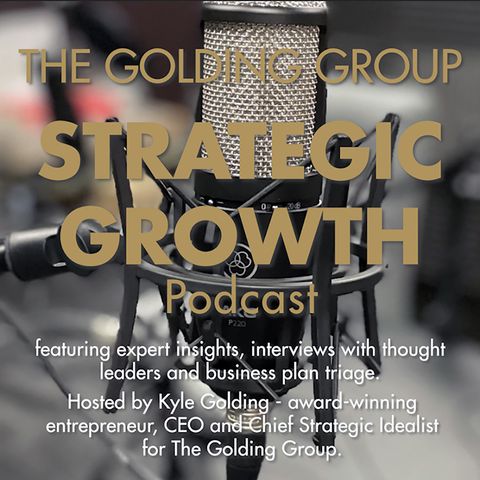Business Process Management Defined and Explained

Descarga y escucha en cualquier lugar
Descarga tus episodios favoritos y disfrútalos, ¡dondequiera que estés! Regístrate o inicia sesión ahora para acceder a la escucha sin conexión.
Business Process Management Defined and Explained
Esta transcripción es generada automáticamente. Ten en cuenta que no se garantiza una precisión absoluta.
Descripción
What is Business Process Management (BPM) and how can it benefit your business? That's the discussion today on the podcast. BPM is an absolute dedication to the continual improvement of...
mostra másTo start, The Golding Group Definition: Business Process Management is a strategic approach to aligning company workflow, procedures, communication and human assets to create the most effective, efficient and manageable systems for sustainable business growth and longevity.
BPM is a strategic approach to creating effectiveness, efficiency and dependability in the execution of business activity. By focusing on ALL processes necessary for day-to-day operations, you (business leader) can better manage your business outcomes.
- Businesses are organized by separate but collaborative departments: Production, Distribution/Logistics, Marketing, Sales, Accounting, HR, Management, etc...
- Processes are the "business rules" (steps, guidelines, actions, operations, procedures, practices, techniques, etc.) for accomplishing necessary tasks. These are actions, tools, skills or communication required to do each job in the business. The what, when, where, why and how of every role in the business structure.
- Systems are a collection of processes that all work together to produce efficiency.
- Management is the continual adjustment, improvement, and organization of processes and systems for the best possible outcomes.
- Business Process Management is highly focused execution to maximize the potential of business strategy, assets and structure through continual improvement.
BPM creates the opportunity for constant improvement via communication, measurement and adjustment of internal and external processes. These improvements translate to efficiency in developing, creating, and delivering products and/or services. The potential benefits are lower cost to produce, fasters delivery/turn times, lower overhead, better profit margins, agility, multiple levels of leadership, consistent potential for growth and a positive attitude of innovation. A potential downside is the overthinking of business processes with too much emphasis on finding savings or efficiencies that might not exist. BPM is hardest to incorporate in industries based chiefly on creativity and experimentation but essential to quantify and organize for profitability. Listen/Stream/Watch/Subscribe at bit.ly/StrategicGrowthPodcast
Información
| Autor | The Golding Group |
| Organización | The Golding Group |
| Página web | - |
| Etiquetas |
Copyright 2024 - Spreaker Inc. an iHeartMedia Company
